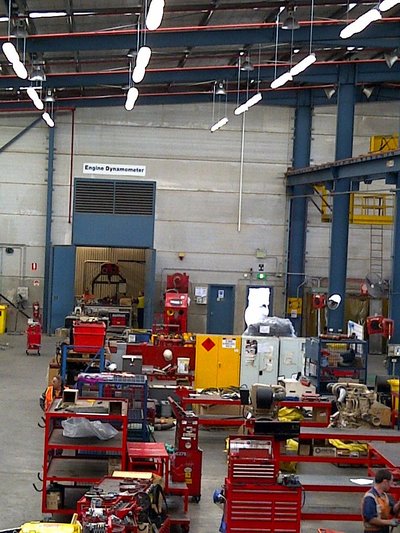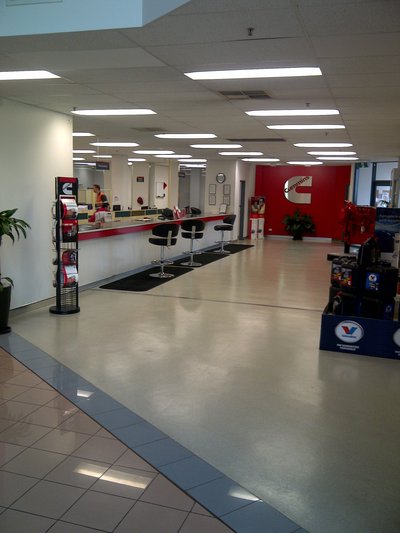Cutting energy costs at Cummins
Monday, 24 February, 2014
Cummins South Pacific signed up for an Energy Saver audit of the company’s Wetherill Park facility aiming to reduce energy costs by 25%. The management team was delighted when the audit found ways to reduce costs by more than 50% and cut carbon emissions by nearly 300 tonnes per year.
A subsidiary of diesel engine manufacturer Cummins, Cummins South Pacific has operated locally for more than 40 years and employs 1600 people in Australia and New Zealand. Its Wetherill Park facility houses a sales office, a repair/maintenance workshop and a spare parts warehouse.

When area director Paul Anscombe began his Six Sigma project targeting a 25% reduction in energy consumption at the Wetherill Park site, identifying potential energy savings wasn’t as simple as he’d first thought it would be.
“Six Sigma projects require that you use robust data to support your business case,” he explained, “and I realised early on that we needed more data analytics.”
An internet search led him to the Office of Environment and Heritage’s (OEH) Energy Saver program, which “not only provided us with that data but found additional opportunities to reduce our energy consumption and costs”, said Anscombe.
“While the audit identified more than 40% in potential savings, trials of various recommendations enabled us to further fine-tune our business cases and find even more savings.”
The biggest ticket item from the audit was the lighting upgrade, which included replacing 82 mercury-vapour high-bay lights with fluorescents; removing twin fluorescent fixtures in office areas and replacing them with single fluorescent units with highly efficient reflectors; and replacing halogen downlights with LEDs in the other areas.
“The audit recommended we replace each existing high-bay fixture with five 28 W fluorescents, but our trial revealed that four would be more than adequate and provide better quality light than had been there previously,” said Anscombe.
“This is one recommendation we are especially excited about because it has become a test case that could potentially be used globally throughout the Cummins network.”

Other projects recommended by the audit included:
- installing occupancy sensors on lights and air conditioners in infrequently used areas;
- installing dimming control and photocell detectors for the light fittings in the workshop and warehouse areas;
- replacing electric heater units with a heat pump.
“We are already seeing savings,” said Anscombe. “In January 2012 we were at 130 kWh per hour worked and at the end of August we were at 86 kWh per hour, which represents a 33% saving in kWh per hour of operation.”
Next, the company plans to:
- improve the existing power factor correction;
- install submetering in six locations to enable closer scrutiny of energy consumption throughout the complex and circuit monitoring/data logging to identify base load consumption;
- modify the set points on air-conditioning units;
- install a 10 kW grid-connected photovoltaic system.
The total cost is estimated at just over $200,000, with a payback period of less than three years.
Anscombe says implementing the audit recommendations was a ‘no-brainer’ as they will reduce Wetherill Park’s annual electricity use by 263 MWh, carbon emissions by nearly 300 tonnes and costs by over $59,000.
“Reducing the company’s carbon footprint has been priority for Cummins for many years now,” he said.
“Our environmental team is very happy with the audit outcomes and the potential to replicate some of the recommendations in other facilities.
“Feedback from the environmental team at Cummins headquarters in the United States has also been very positive.”
Sustainability in 2026: what's next for Australian businesses?
No longer is it just about reporting; it's about using these frameworks to drive meaningful...
Net zero or 1.2 million homes: trade-off or win-win?
The housing accord's ambitious goal of building 1.2 million homes by June 2029 could impact...
How mandatory climate reporting is raising the bar for corporate leadership
The shift towards mandatory climate-related financial disclosures is transforming how...










